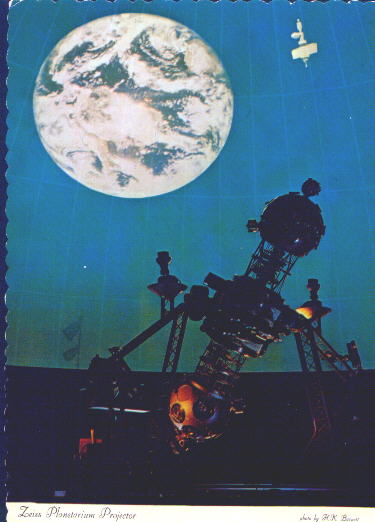
By Jesse Emspak, LiveScience Contributor
The materials that make Harry Potter's invisibility cloak a real scientific possibility could also be used to perform advanced mathematical calculations usually done by computers, new research suggests.
An international team of researchers now proposes that so-called metamaterials, which can alter the properties of light waves often to render an object invisible, could perform mathematical operations as well. While they haven't built an actual device yet, their work shows the mathematical basis for the technology, which could dramatically speed up calculations such as those used in image processing. The study is detailed this week in the journal Science.
Until now, most research in this area had focused on using metamaterials to bend light around objects, to make them invisible at certain wavelengths. But Nader Engheta, a professor of electrical engineering at the University of Pennsylvania and a co-author of the paper, noted that metamaterials could change the shape of an incoming light wave in ways that have the same effect as performing calculations on a computer.
"As [a light wave] goes through a block [of metamaterial], by the time it comes out, it should have a shape that would be the result of mathematical operations," Engheta told LiveScience.
By running simulations of light waves passing through metamaterials, the team showed that the method could perform operations from calculus, such as taking derivatives — a measure of the rate of change in a mathematical equation. When you take a derivative of a curve, such as the profile of a light wave, and plot its shape onto a graph, the resulting curve shows how quickly the first curve is changing, called an "integral" in calculus. Placing another piece of metamaterial in front of the first one can reverse the operation, showing that the calculations can be done in both directions, just as a computer (or a person) would.
More - Link >>> http://www.livescience.com/42491-invisibility-metamaterials-perform-math.html?cmpid=556410
Source: LiveScience.com
2014: 75th Year of Pittsburgh's Buhl Planetarium

Want to receive SpaceWatchtower blog posts in your inbox ?
Send request to < spacewatchtower@planetarium.cc >..
gaw
Glenn A. Walsh, Project Director,
Friends of the Zeiss < http://buhlplanetarium.tripod.com/fotz/ >
Electronic Mail - < gawalsh@planetarium.cc >
About the SpaceWatchtower Editor/Author: < http://buhlplanetarium.tripod.com/#GAW >
SpaceWatchtower Blog: < http://spacewatchtower.blogspot.com/ >
Also see: South Hills Backyard Astronomers Blog: < http://shbastronomers.blogspot.com/ >
Barnestormin: Writing, Essays, Pgh. News, & More: < http://www.barnestormin.blogspot.com/ >
SPACE & SCIENCE NEWS, ASTRONOMICAL CALENDAR:
< http://buhlplanetarium.tripod.
Twitter: < https://twitter.com/spacewatchtower >
Facebook: < http://www.facebook.com/pages/
Author of History Web Sites on the Internet --
* Buhl Planetarium, Pittsburgh:
< http://www.planetarium.
* Adler Planetarium, Chicago:
< http://adlerplanetarium.
* Astronomer, Educator, Optician John A. Brashear:
< http://johnbrashear.tripod.com >
* Andrew Carnegie & Carnegie Libraries:
< http://www.andrewcarnegie.
* Civil War Museum of Andrew Carnegie Free Library:
< http://garespypost.tripod.com >
* Duquesne Incline cable-car railway, Pittsburgh:
< http://inclinedplane.tripod.
* Public Transit:
< http://andrewcarnegie2.tripod.
No comments:
Post a Comment